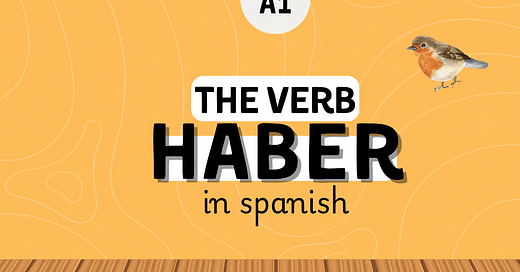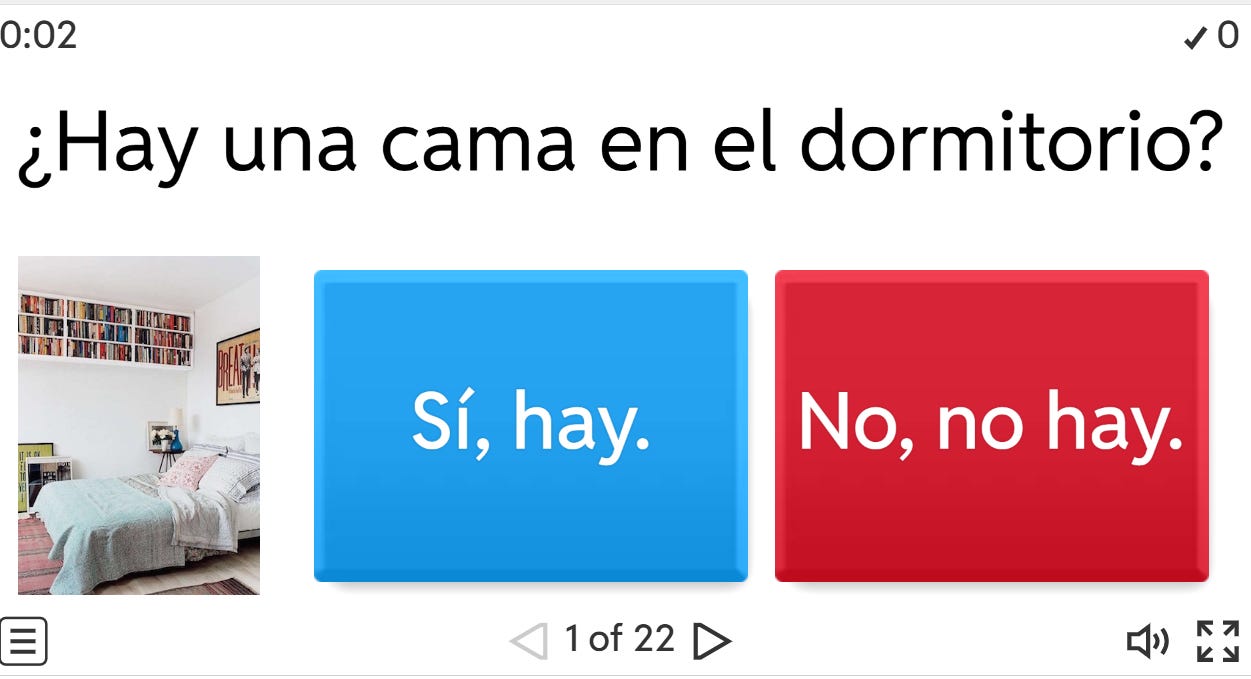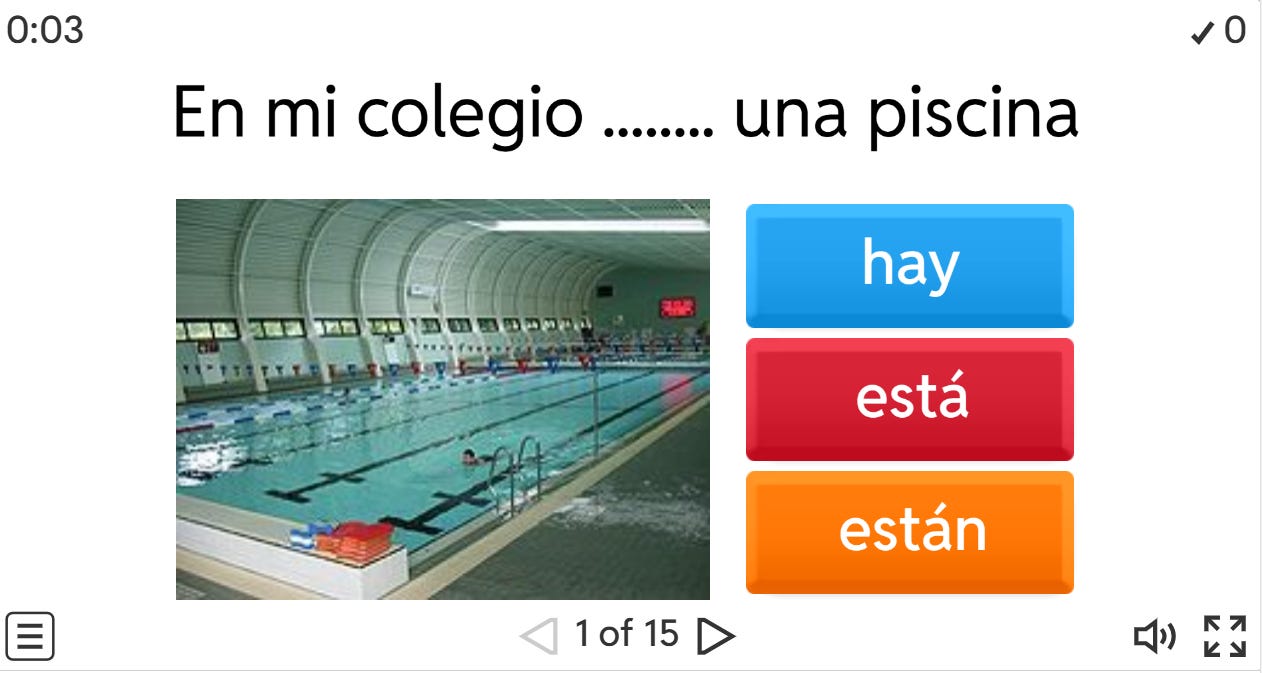The Spanish verb "haber" is multifaceted and essential, primarily serving two functions: as an auxiliary verb and in impersonal expressions. Here's a detailed breakdown:
1. Auxiliary Verb for Compound Tenses
Function: Used with past participles to form perfect tenses (similar to "have/has" in English).
Examples:
Present Perfect: He comido (I have eaten).
Past Perfect (Pluperfect): Había visto (I had seen).
Future Perfect: Habré terminado (I will have finished).
Conjugation: Highly irregular. Key forms include:
Present: he, has, ha, hemos, habéis, han.
Imperfect: había, habías, había, habíamos, habíais, habían.
Future: habré, habrás, habrá, etc..
Subjunctive: haya, hayas, haya, hayamos, hayáis, hayan (present); hubiera/hubiese (past).
2. Impersonal Expressions (Existence or Necessity)
Impersonal "Hay":
Present: Hay un libro (There is a book / There are books).
Past: Había/hubo problemas (There were problems – había for ongoing, hubo for completed).
Future: Habrá una reunión (There will be a meeting).
Necessity: Haber que + infinitive (impersonal obligation).
Example: Hay que estudiar (It’s necessary to study).
🤔 What Does "Hay" Mean?
In English, “hay” translates to "there is" or "there are." You use it when you want to say that something exists or can be found somewhere. It’s like saying “There is” or “There are” in English, but it works for both singular and plural things!
For example:
Hay un restaurante cerca de aquí. 🍽️
(There is a restaurant near here.)Hay muchas personas en el parque. 🌳
(There are many people in the park.)
✅ Key Points About "Hay":
"Hay" is always followed by an indefinite article or nothing at all.
You’ll use un, una, unos, unas (indefinite articles) or no article at all for uncountable things like water (agua).
"Hay" is the same for both singular and plural!
In English, we use “there is” for singular and “there are” for plural. In Spanish, we always use "hay" for both!
Example: Hay un coche. 🚗 (There is a car.)
Example: Hay coches. 🚗🚗 (There are cars.)
🔍 Examples of "Hay" in Different Contexts
1️⃣ To talk about places or things:
Hay una tienda en la esquina. 🏬
(There is a store on the corner.)Hay dos supermercados cerca. 🛒
(There are two supermarkets nearby.)
2️⃣ To express the quantity of things:
Hay muchas personas aquí. 👥
(There are many people here.)Hay pocos árboles en mi jardín. 🌳
(There are few trees in my garden.)
3️⃣ For uncountable things:
Hay agua en la botella. 💧
(There is water in the bottle.)Hay arroz en la cocina. 🍚
(There is rice in the kitchen.)
🤔 Difference Between "Hay" and "Estar" 🤔
Now, let’s explore the key difference between "hay" and "estar", two important verbs in Spanish that can both refer to existence or location. This will help you understand when to use "hay" instead of "estar".
1. "Hay" – Existence
"Hay" is used to indicate the existence of something in a place. It’s used with both countable and uncountable nouns.
Example:
"Hay" tres parques cerca de mi casa. (There are three parks near my house.)
"Hay" leche en el refrigerador. (There is milk in the fridge.)
"Hay" mucha gente en la plaza. (There are many people in the square.)
2. "Estar" – Location or State
"Estar" is used to indicate the location or state of a subject, something that is happening at a particular moment in time, or to express a temporary state or condition.
Example:
"Está" en la casa. (He/She/It is in the house.)
"Está" cansado hoy. (He/She is tired today.)
"Está" en la playa. (He/She is at the beach.)
So, what's the difference?
"Hay" is used when talking about what exists in a place. It doesn’t focus on who or what is specifically there, but on the fact that something is there.
"Estar" is used when you want to describe where something is or how something is at a given moment in time.
✍️ Practice the verb “haber”
Click here to practice.
Choose the correct one “estar” or “hay”
Click here to practice
🚀 Want to Learn More?
📅 Book a 1-on-1 Spanish Lesson with me! 👉 Click here to schedule!








